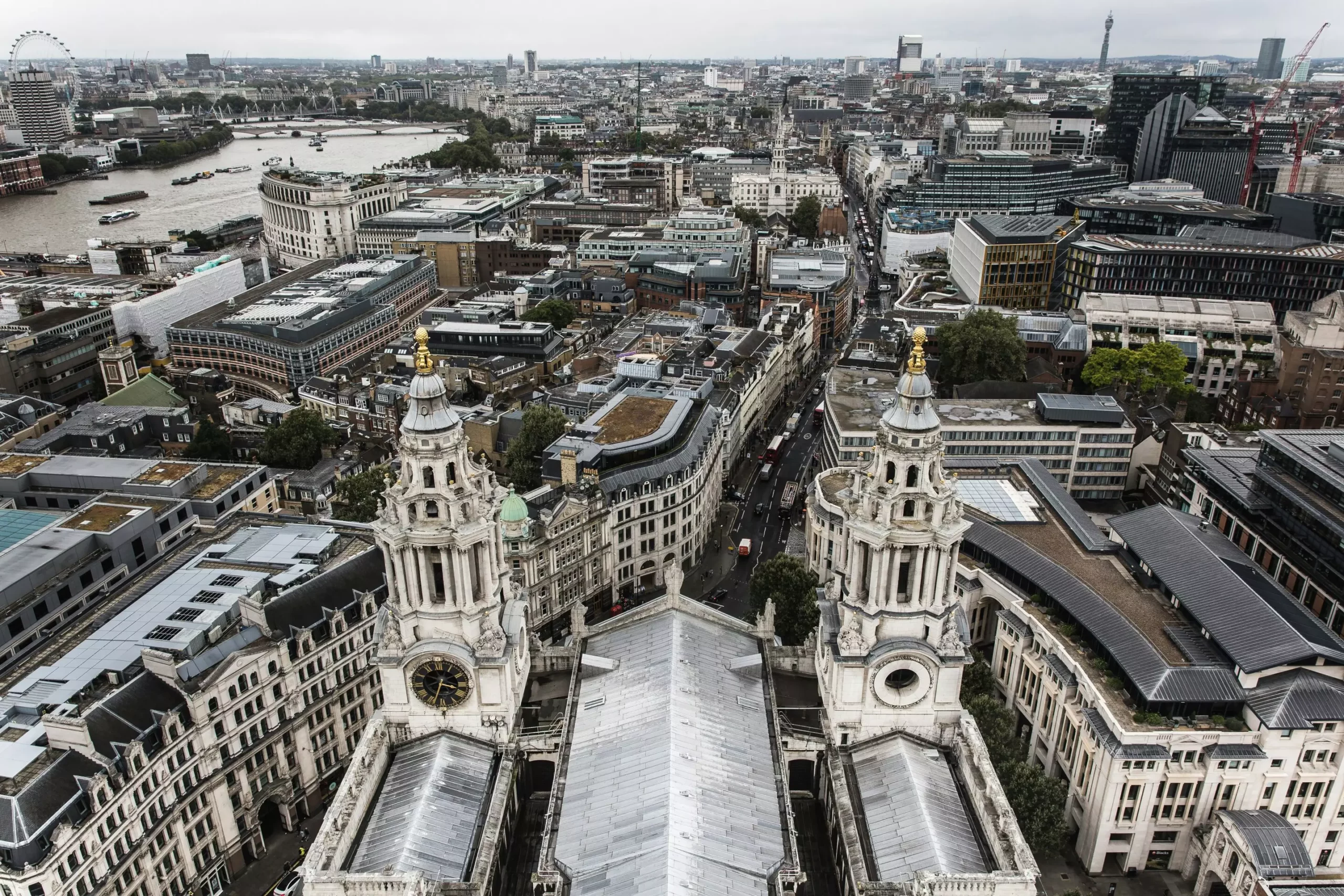As urban areas expand and climate change accelerates, cities around the world face the pressing issue of rising temperatures. The phenomenon known as the “urban heat island” effect exacerbates this challenge, as dense populations, buildings, and human activities contribute to elevated temperatures. A study conducted by researchers from University College London (UCL) and the University of Exeter highlights a sobering reality: the potential to save lives through the implementation of cool roofs in London during the exceptionally hot summer of 2018.
The paper, published in *Nature Cities*, delves into comprehensive modeling efforts that simulate the impacts of thermal reflective surfaces on city temperatures. These researchers employed advanced 3D computer models to compare different urban scenarios, assessing the potential cooling effects of white or reflective roofs against typical dark roofing materials. During the summer of 2018, London’s average temperature soared to 19.2 degrees Celsius—a figure 1.6 degrees above the seasonal norm. In such conditions, proactive measures could have a significant impact on public health and urban livability.
One of the most striking findings indicated that the widespread adoption of cool roofs could have lowered the city’s average temperature by approximately 0.8 degrees Celsius. This reduction could potentially have saved the lives of 249 individuals, representing about 32% of the 786 heat-related fatalities recorded that summer. Furthermore, the introduction of rooftop solar panels, which also contribute to cooling, could have provided added benefits. Researchers estimated that the adoption of these solar installations might have prevented an additional 96 deaths.
Beyond the profound implications for human life, the economic ramifications of such interventions are equally significant. The researchers calculated that the potential lives saved from cool roofs would have alleviated an economic burden of about £615 million on the city. Rooftop solar panels would have contributed a further £237 million in savings by preventing heat-related deaths. The potential for energy generation is noteworthy as well; researchers estimated that the installation of solar panels during the hot months could have produced a staggering 20 terawatt-hours (TWh) of electricity—more than half of London’s total energy consumption for the entire year of 2018.
The findings of this research compel urban policymakers and community planners to consider the integration of cool roofs and solar panels as part of a broader strategy to mitigate the impacts of climate change. While the suggestion may sound straightforward, executing large-scale urban infrastructure changes can be fraught with challenges, including initial costs and aesthetics. Nevertheless, research such as that from UCL and Exeter provides a robust justification for these changes, urging governments to prioritize policies that promote such sustainable solutions.
The growing concern over climate change is not limited to the immediate effects of rising temperatures; it also includes the predictive aspect of increased heat intensity and frequency. As illustrated in the study, summers like that of 2018 are expected to become more common. With a significant portion of the UK’s population residing in urban settings—an estimated 83%—the urgency for remedial strategies grows. Cool roofs not only save lives but also contribute to local climate resilience, making urban environments more bearable and livable for their inhabitants.
The latest research underscores a critical dialogue regarding urban adaptation and climate strategies. While the benefits of cool roofs and solar panels are compelling, societies must adopt a holistic approach, integrating these solutions alongside other innovative strategies for managing urban environments. Decisions regarding infrastructure should prioritize public health, economic viability, and sustainable energy sources.
The life-saving potential of cool roofs in cities like London is not merely an academic suggestion but a pressing necessity. As climate change continues to unfold, it is imperative that decision-makers heed the evidence and act decisively to incorporate these strategies, creating healthier and more sustainable urban landscapes for future generations. The time for comprehensive action is now—before the heat takes even more lives.


Leave a Reply